In vivo CAR-T therapy has rapidly emerged as a promising next-generation cancer treatment. However, realizing its full potential requires overcoming several hurdles: targeting only the desired cells, ensuring safety, and maintaining sustained therapeutic efficacy. In this sixth installment, we explore cutting-edge technologies designed to address these challenges—from precision targeting strategies to gene switches and suicide systems. We also look ahead at how in vivo CAR-T may evolve in clinical practice.
Table of Contents
- 1. The Challenge of Cell Selectivity
- 2. Safety Design: Suicide Switches and Gene Regulation
- 3. Enhancing Persistence and Controllability
- 4. Outlook: What’s Next for In vivo CAR-T?
- 5. Summary and What’s Next
1. The Challenge of Cell Selectivity
One of the primary risks of CAR-T therapy lies in its ability to attack unintended cells. Even with well-designed antigen specificity, cross-reactivity or low-level expression of the target antigen on healthy cells can lead to severe side effects. In vivo CAR-T further complicates this because the engineering of CAR-T cells occurs directly within the body, without the selection and expansion steps used in ex vivo systems.
To improve selectivity, multiple antigen recognition strategies are being developed. Dual-antigen CARs, logic-gated CARs (AND/NOT gates), and synNotch systems allow activation only in the presence of a specific combination of antigens, significantly improving safety. In vivo systems using these designs are under active development with synthetic biology platforms such as GEMS, SPARK, and SynNotch gene circuits.
2. Safety Design: Suicide Switches and Gene Regulation
In vivo CAR-T therapy lacks the controlled in vitro expansion step that ex vivo therapy benefits from. This increases the importance of built-in safety mechanisms. “Suicide switches” are genetic modules that can trigger apoptosis in CAR-T cells upon administration of a specific drug. An example is the inducible caspase-9 (iCasp9) system, which has already been tested in clinical settings.
Moreover, gene switches—such as Tet-On systems or rapamycin-inducible dimerization—allow clinicians to regulate CAR expression or activity dynamically. These switches provide a “dimmer knob” for immune activation, preventing cytokine release syndrome and off-tumor toxicity.
3. Enhancing Persistence and Controllability
One of the limitations of in vivo CAR-T therapy is the difficulty in maintaining long-term persistence of CAR-T cells. Recent strategies involve optimizing co-stimulatory domains (such as 4-1BB or CD28), improving vector tropism, and ensuring efficient T-cell targeting in vivo using ligand-targeted nanoparticles or engineered viral vectors.
Persistence can also be influenced by the in vivo microenvironment. Recent research focuses on modulating the tumor microenvironment (TME) using immune checkpoint inhibitors, cytokine modulation, or co-administration of helper factors to enhance CAR-T expansion and function.
4. Outlook: What’s Next for In vivo CAR-T?
The in vivo CAR-T field is entering a phase of convergence: nanomedicine, gene circuits, synthetic immunology, and programmable delivery vectors are beginning to merge into cohesive platforms. Startups such as Umoja Biopharma and Capstan Therapeutics are pioneering gene delivery technologies tailored for T cells in vivo. Advances in non-viral delivery (e.g., LNPs) and synthetic switches are expected to form the foundation of more scalable, tunable, and safer in vivo immunotherapies.
Regulatory frameworks are also beginning to accommodate these next-gen therapies. The FDA and EMA have issued draft guidances on in vivo gene editing and vector safety, signaling a new frontier of regulatory science.
5. Summary and What’s Next
In vivo CAR-T therapy presents incredible potential but also unique challenges. Through innovations in antigen sensing, gene switches, safety design, and delivery vectors, many of these issues are being addressed. As these technologies converge, we expect to see the emergence of highly modular, programmable, and patient-tailored in vivo CAR-T platforms.
In the next article, we will explore how academic institutions and industry are collaborating globally, and how public-private consortia are driving the infrastructure and policy foundation for in vivo CAR-T innovation.
🔗 Related Articles / Series Links
- Therapeutic Trends 2025: What to Watch
- Introductory Series Index
- #1: What Is CAR-T? The Story of Emily Whitehead
- #2: The Technologies Behind In Vivo CAR-T
- #3: Key to Precision and Safety: Designing Smart CAR Expression
- #4: Deep Dive into CAR Structure: The Latest in Co-stimulation and Signal Engineering
- #5: Clinical Trial Frontlines and Emerging Biotechs


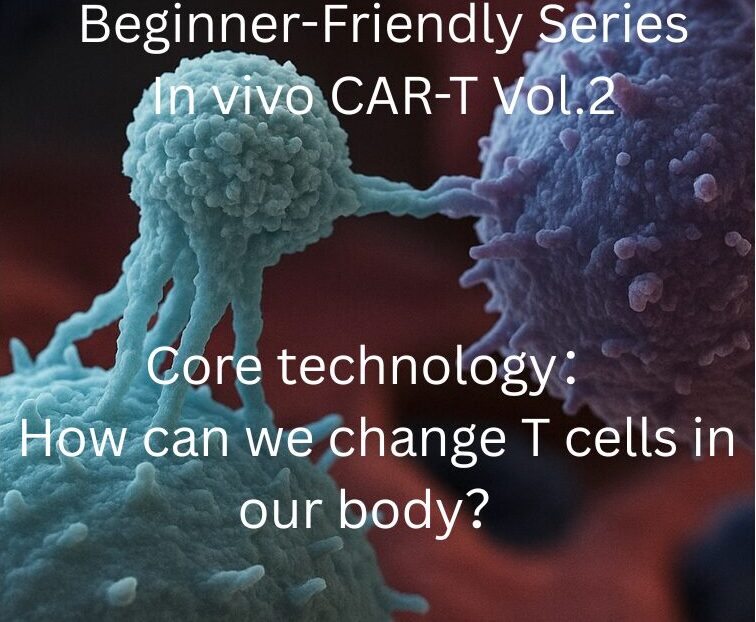
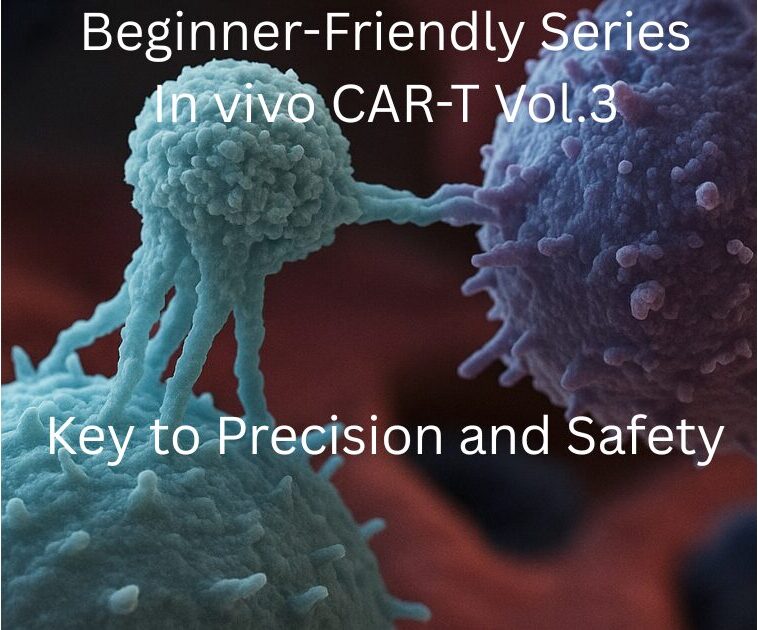
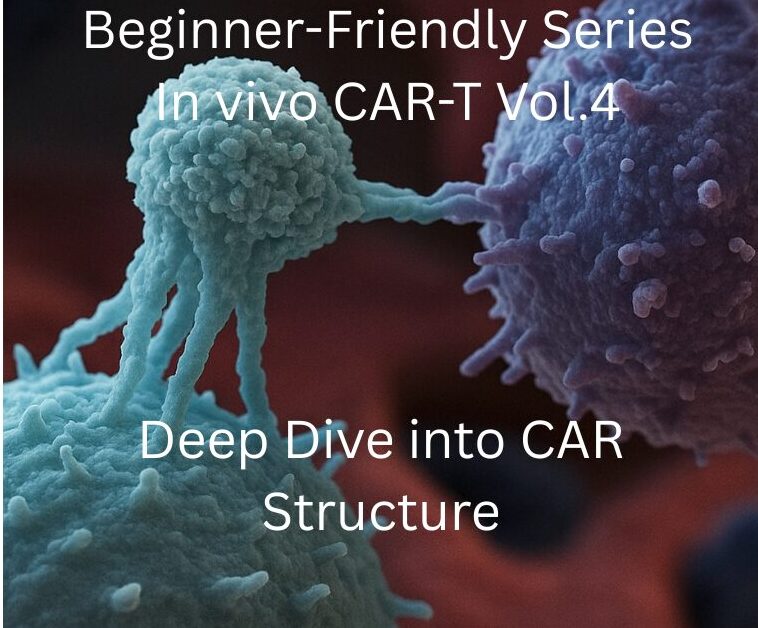
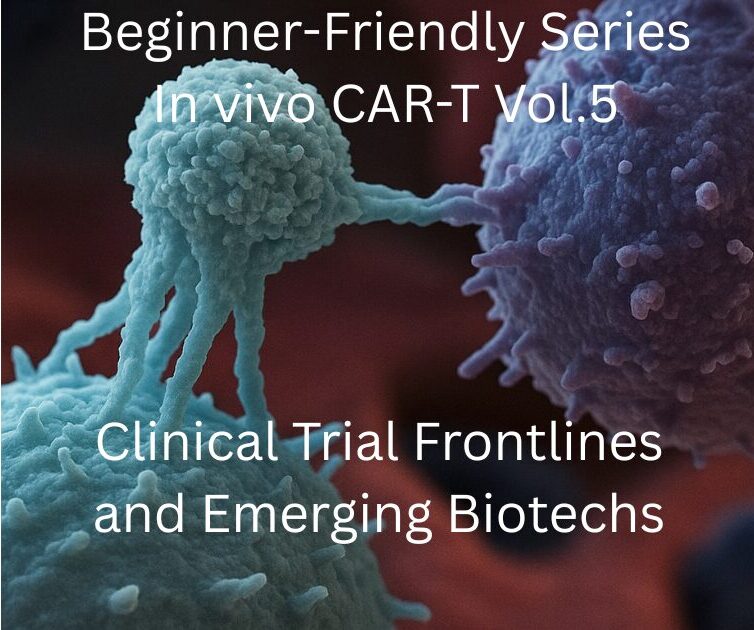
This article was produced by the Morningglorysciences editorial team.
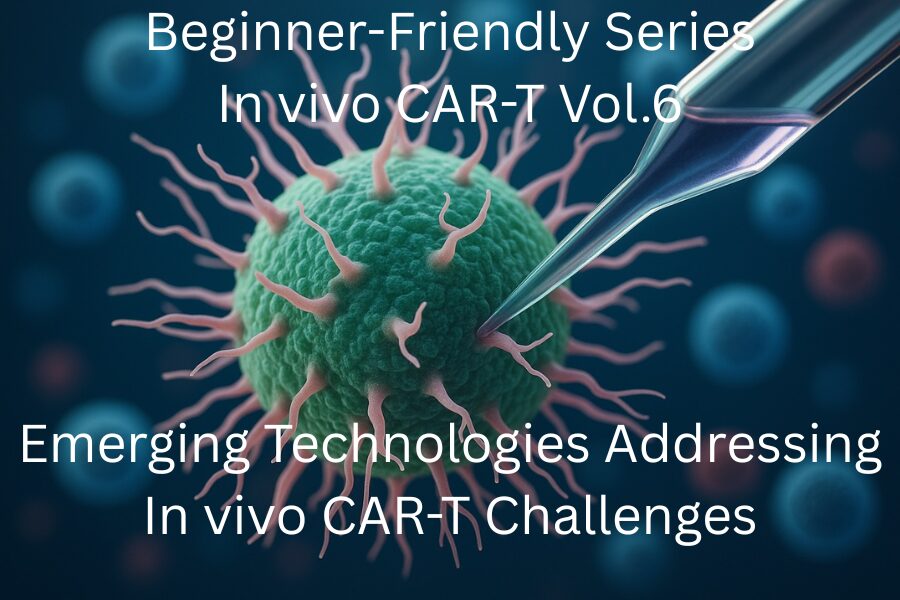


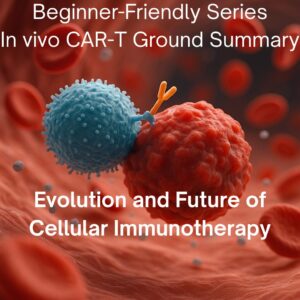




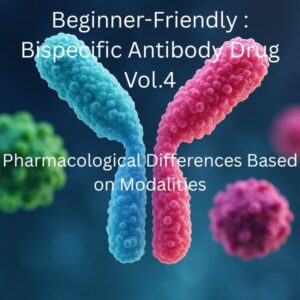
Comments